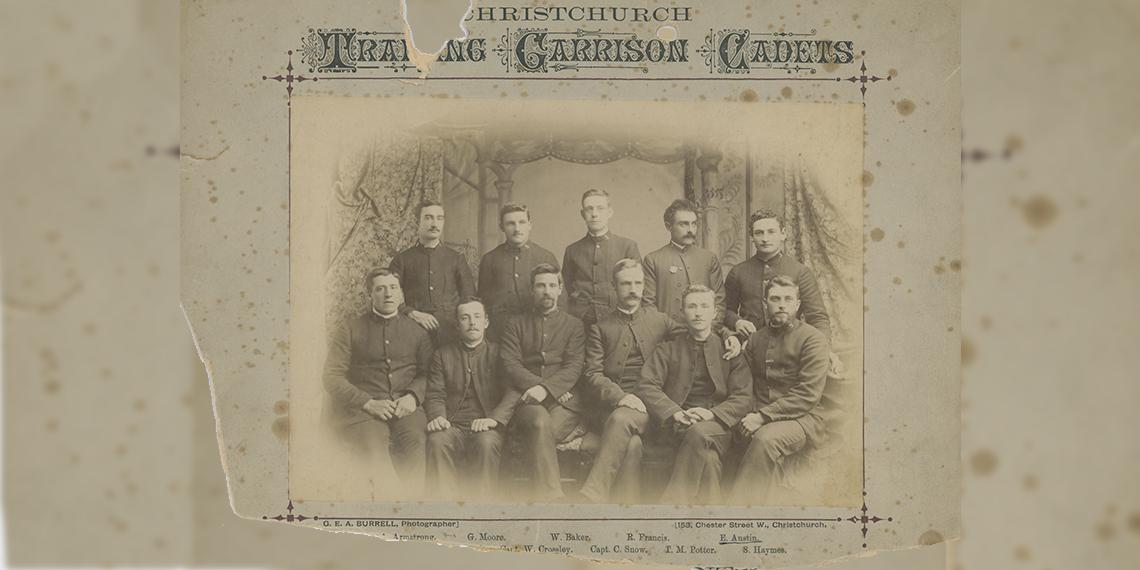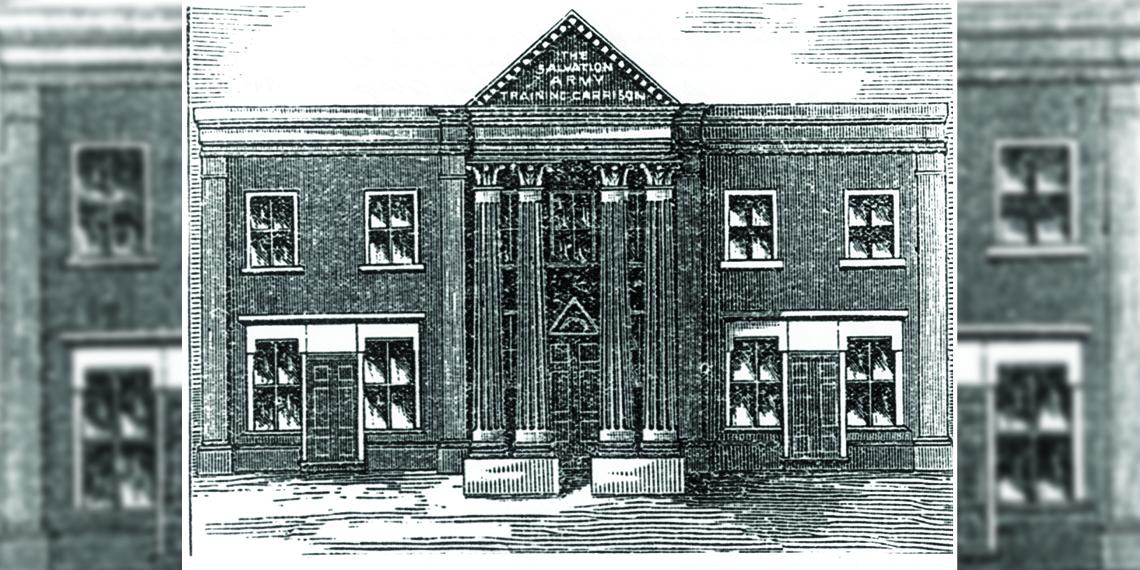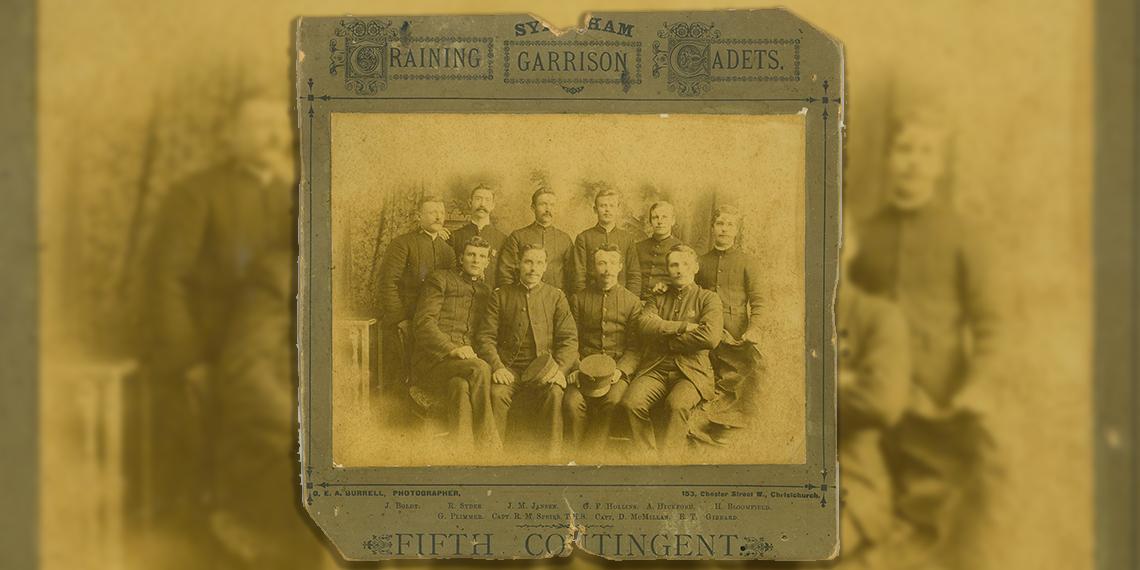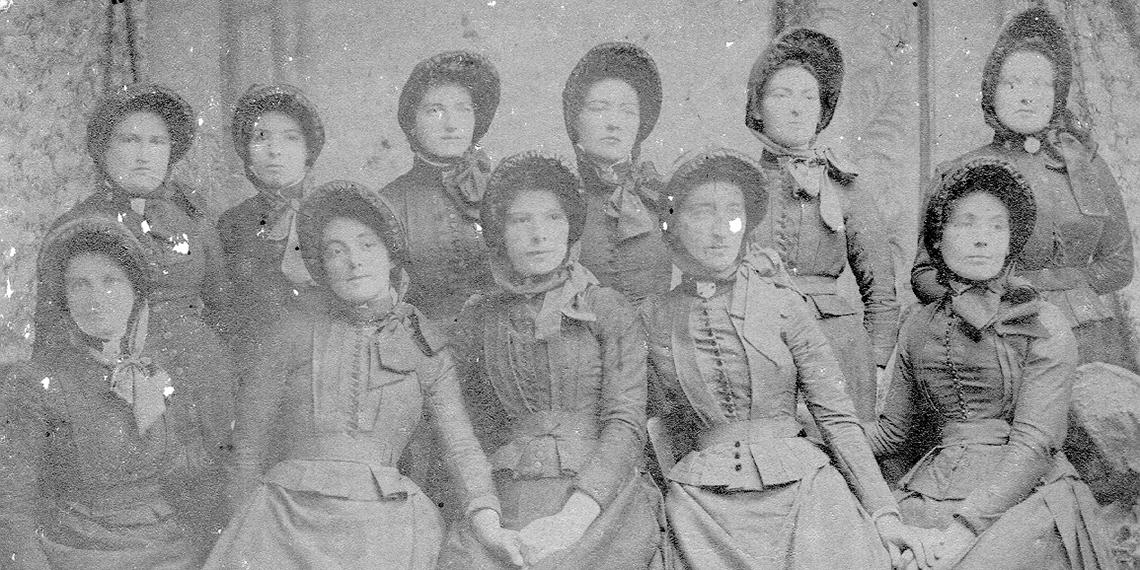You are here
The Salvation Army Training College




 Prior to 1890, there was little training for those soldiers who desired to enter full-time service as Salvation Army officers.
Prior to 1890, there was little training for those soldiers who desired to enter full-time service as Salvation Army officers.
Colonel Taylor opened the first ‘training garrison’ for men in Christchurch in May 1890. Cadets went through four months of training and were then dispatched to corps around the country. After a second session of men, it became obvious that a similar training garrison was needed for women.
A pioneer soldier, ‘Granny’ Shierlaw, donated another Christchurch building in December 1890 as the first training garrison for women. After five months of training, the first session of women was commissioned, and within 48 hours the second session began training. Due to the large number of women volunteering for officership another training garrison was opened in Newtown, Wellington, to work in conjunction with Christchurch.
In 1893, due to the closure of the Christchurch establishments, the men’s garrison was transferred to Ashburton, and the women’s garrison to Newtown, Wellington.
In 1896, the decision was made to close the New Zealand training garrisons, and from 1896 to 1912, all New Zealand officer-trainees trained in Melbourne, Australia. Then in 1900, a fire destroyed the men’s accommodation, and in 1901, a new co-educational training centre was opened to cadets from all over Australia and New Zealand.
In 1912, it was decided that a training college be established in New Zealand. In 1913, temporary accommodation was found for cadets in New Zealand. The women were housed at, what was later to become, Bethany Maternity Hospital in Wellington, and the men were accommodated in a house in Upper Willis Street, Wellington.
Because the founder, William Booth, had been ‘Promoted to Glory’, it was decided that the new training college be named after him. In April 1914, William Booth Memorial Training College opened at 33 Aro Street, Wellington.
By the 1970’s the Aro Steet College had outlived its usefulness. By then most of the cadets were married and often had children. Housing around the college was bought to accommodate these changes, but this was only a temporary solution.
This led to the purchase of a site in Trentham, with 28 dwellings. In April 1982, the first cadets moved into the newly refurbished houses while renovations were still taking place on the new campus. By May that year the William Booth Educare crèche opened, in June the administration and classroom block opened, and the new officer training facility officially opened during the centenary congress in September 1983.
In 1999, a decision was made to align the officer training programme with that of the Bible College of New Zealand (BCNZ)—with the exception of specific Salvation Army studies required for officers. Tutors became BCNZ accredited and final grades were moderated.
New qualification frameworks were set, with a three-school approach: Officer training; School of Bible and Mission—non-officer training; and Centre for Learning and Development—training for soldiers and employees, and post-commissioning education for officers. In 2002, the college was renamed Booth College of Mission to reflect the new direction.
In order to represent the changing societal needs, cadets now range in age from mid-20s to mid-50s, include single parents, grandparents and even great-grandparents, as well as being a multi-ethnic mix.